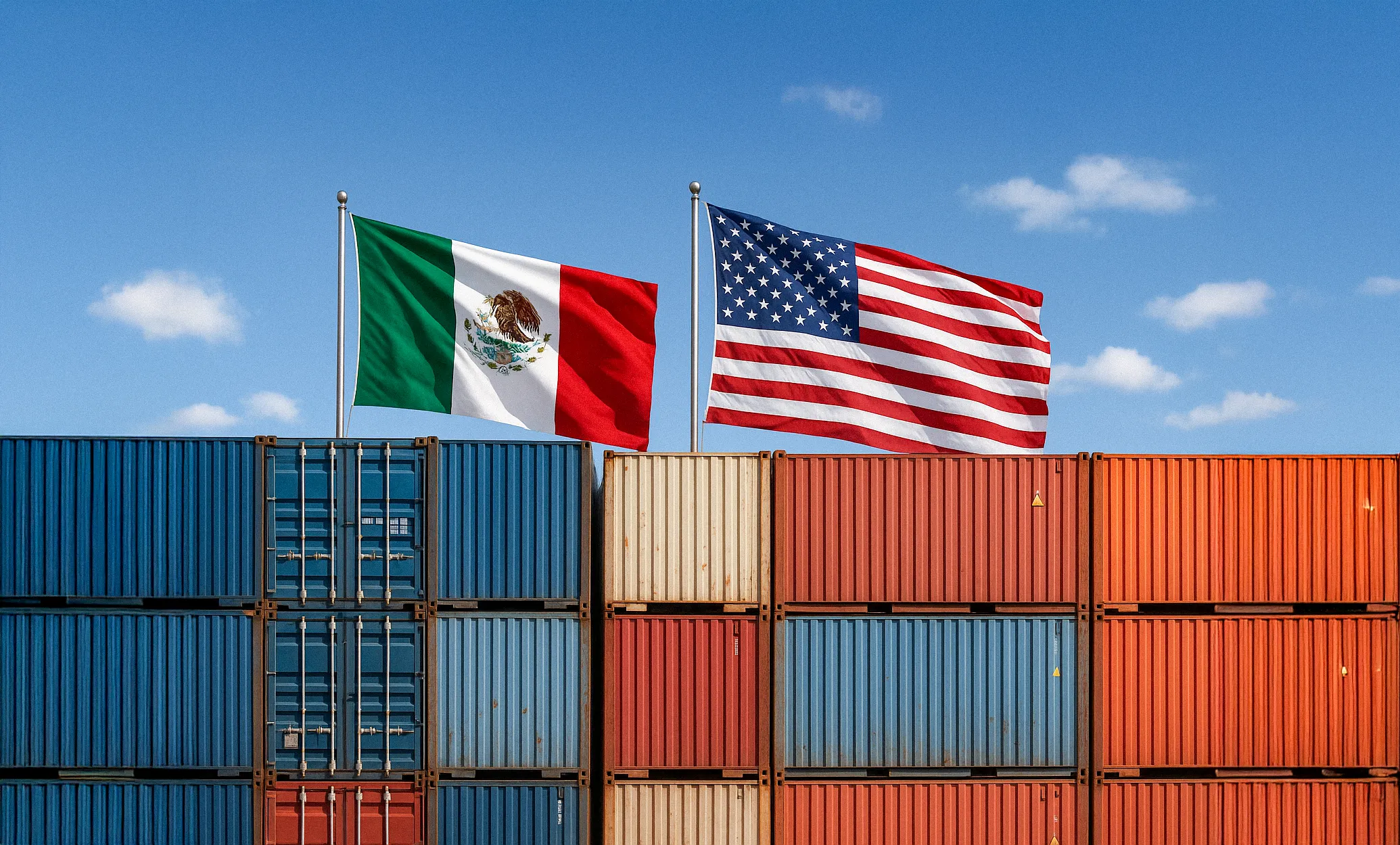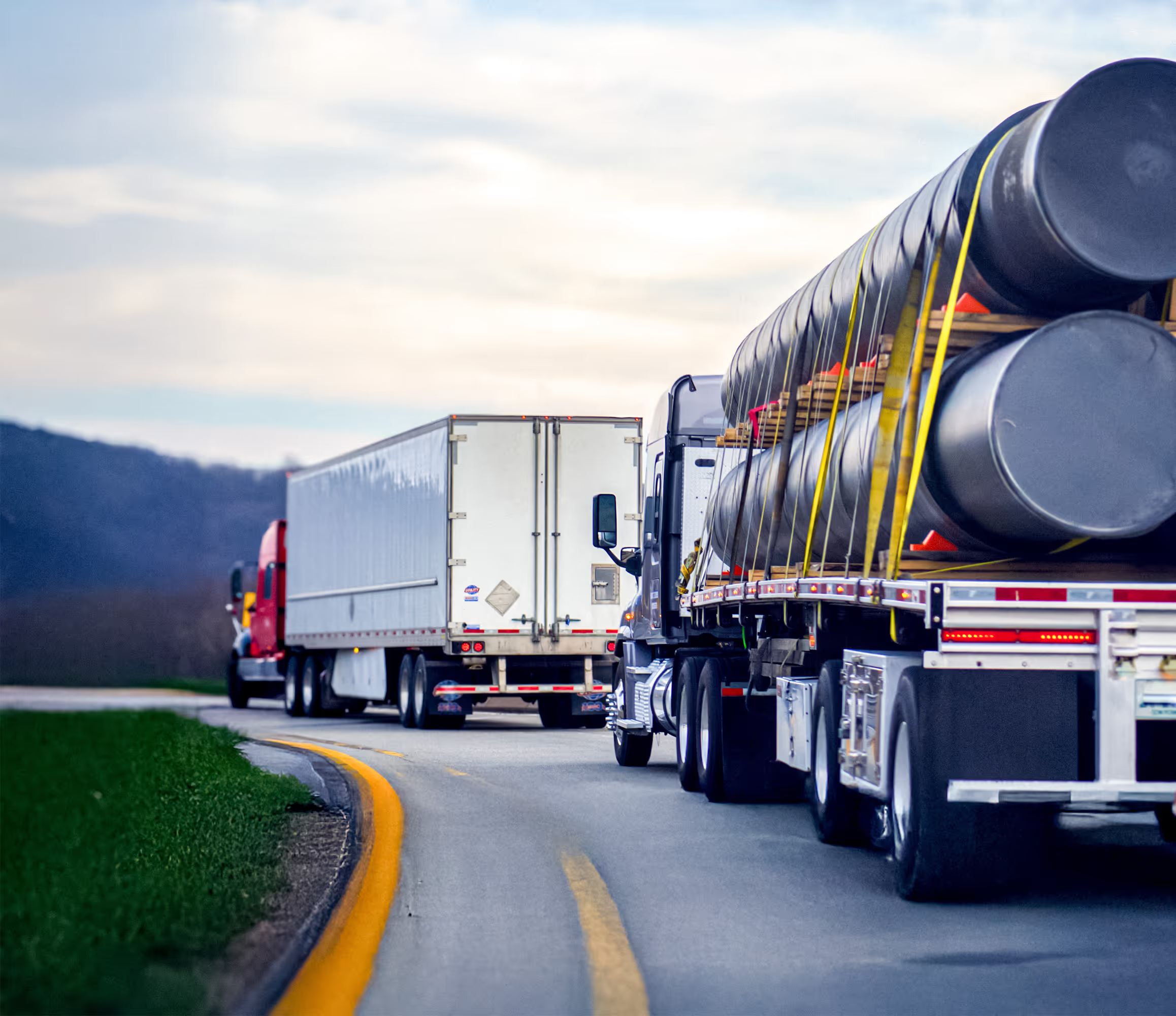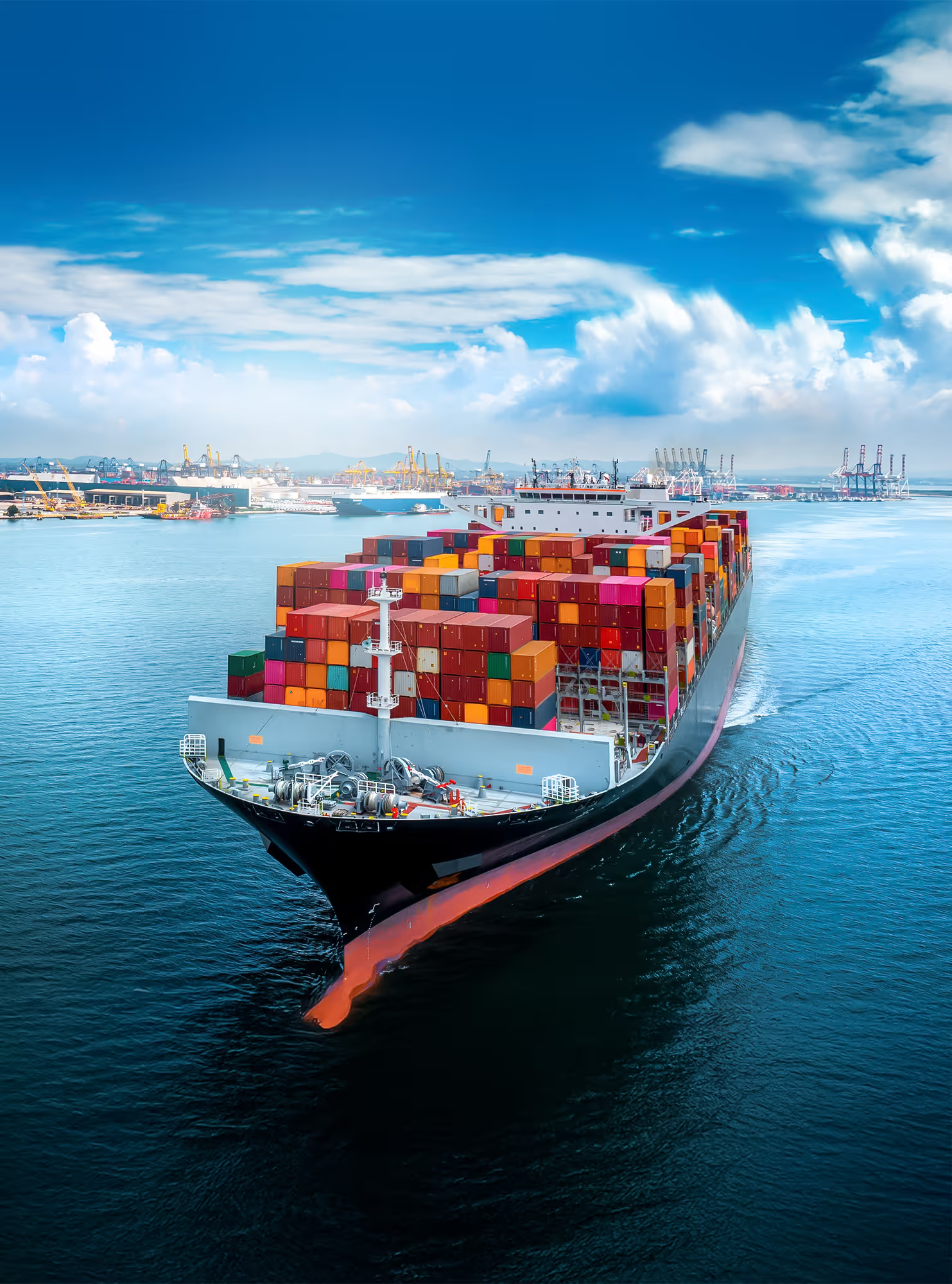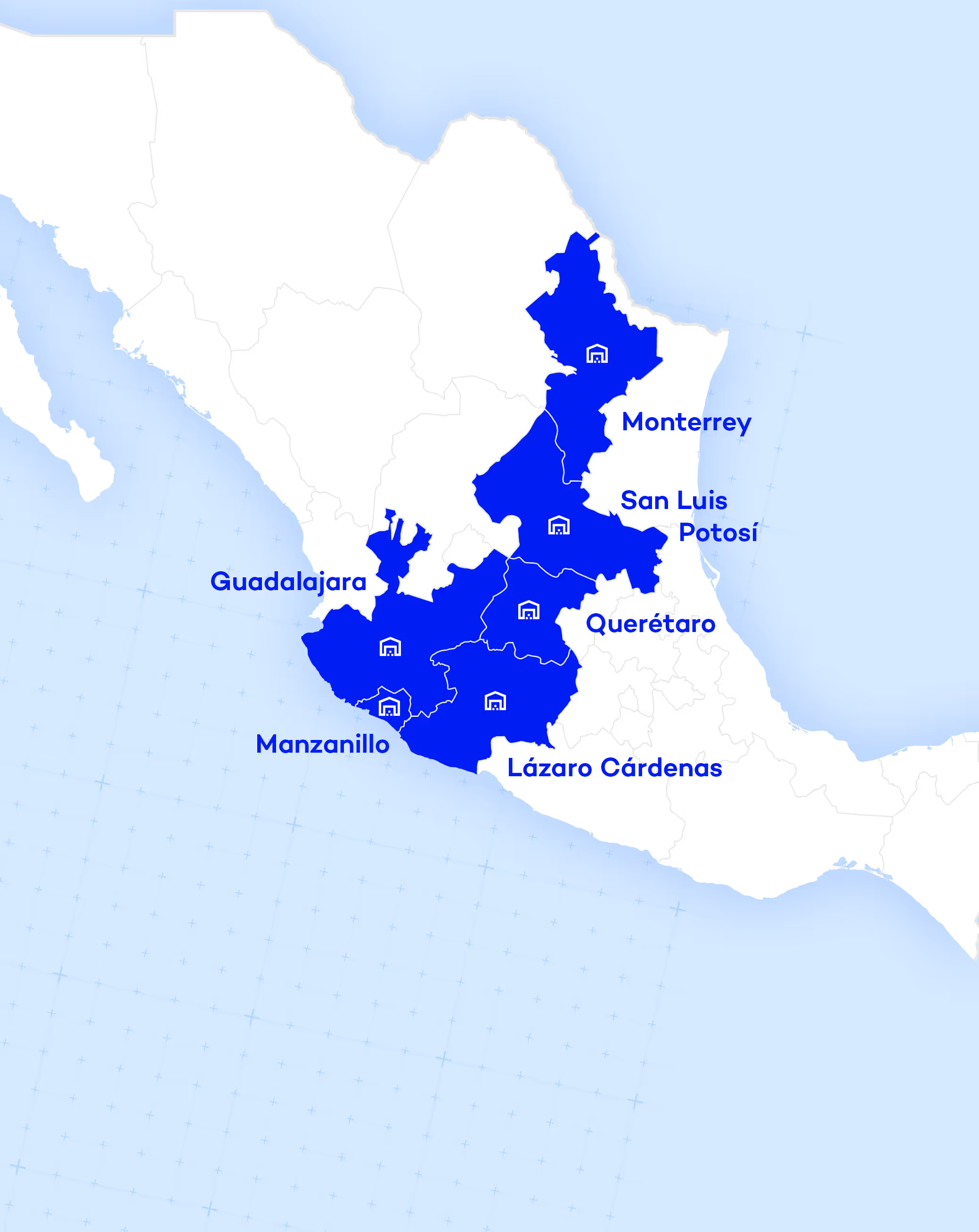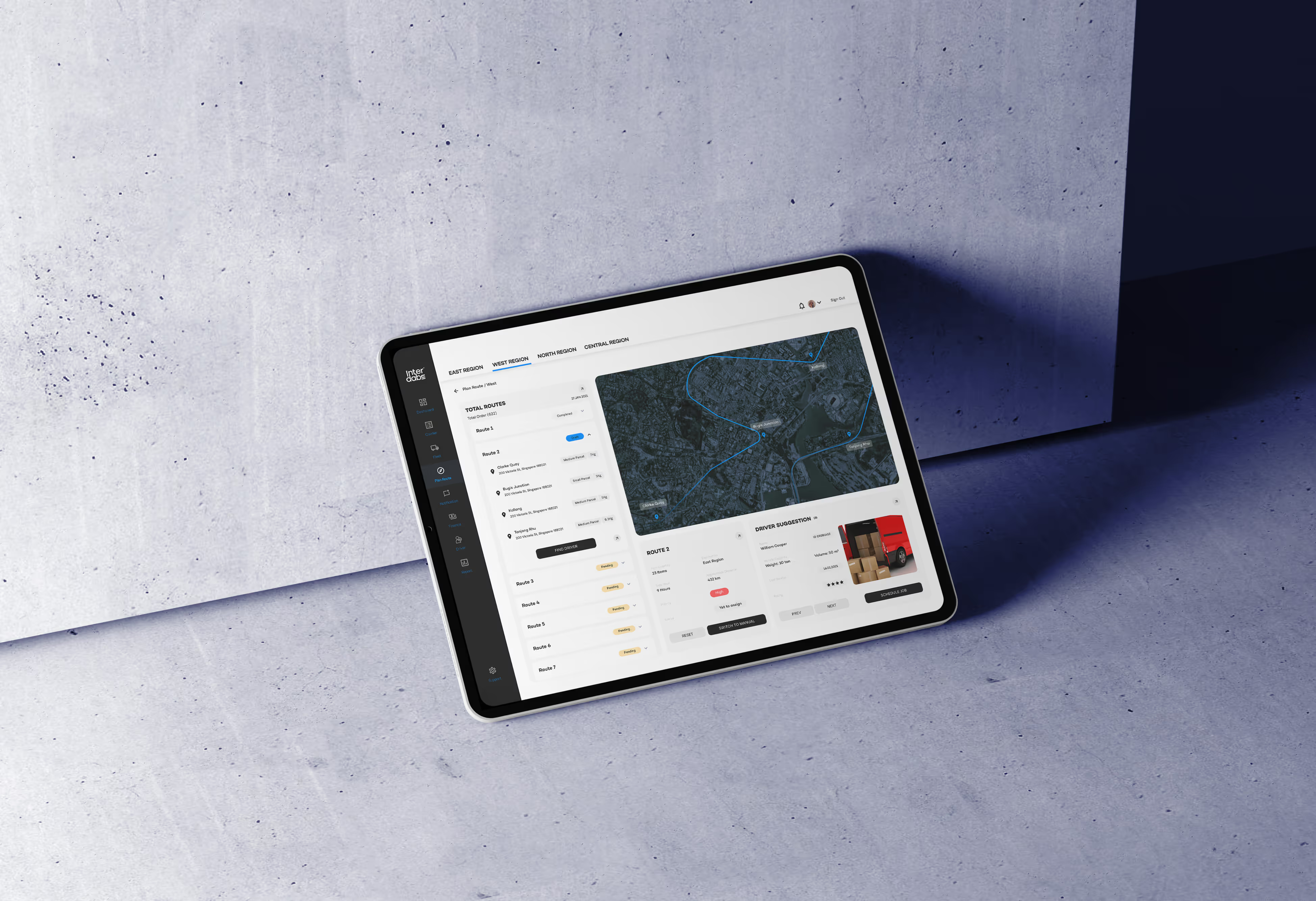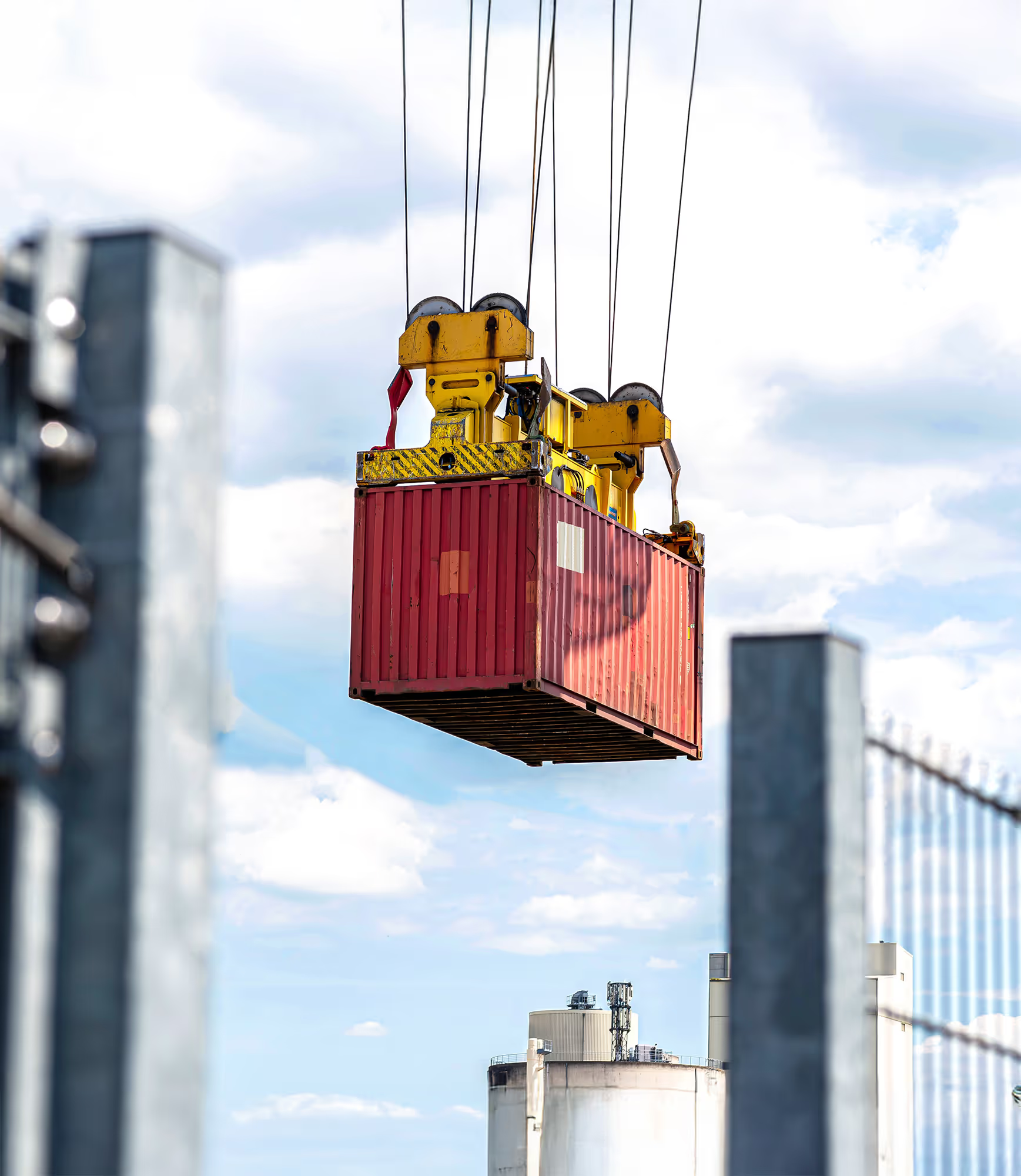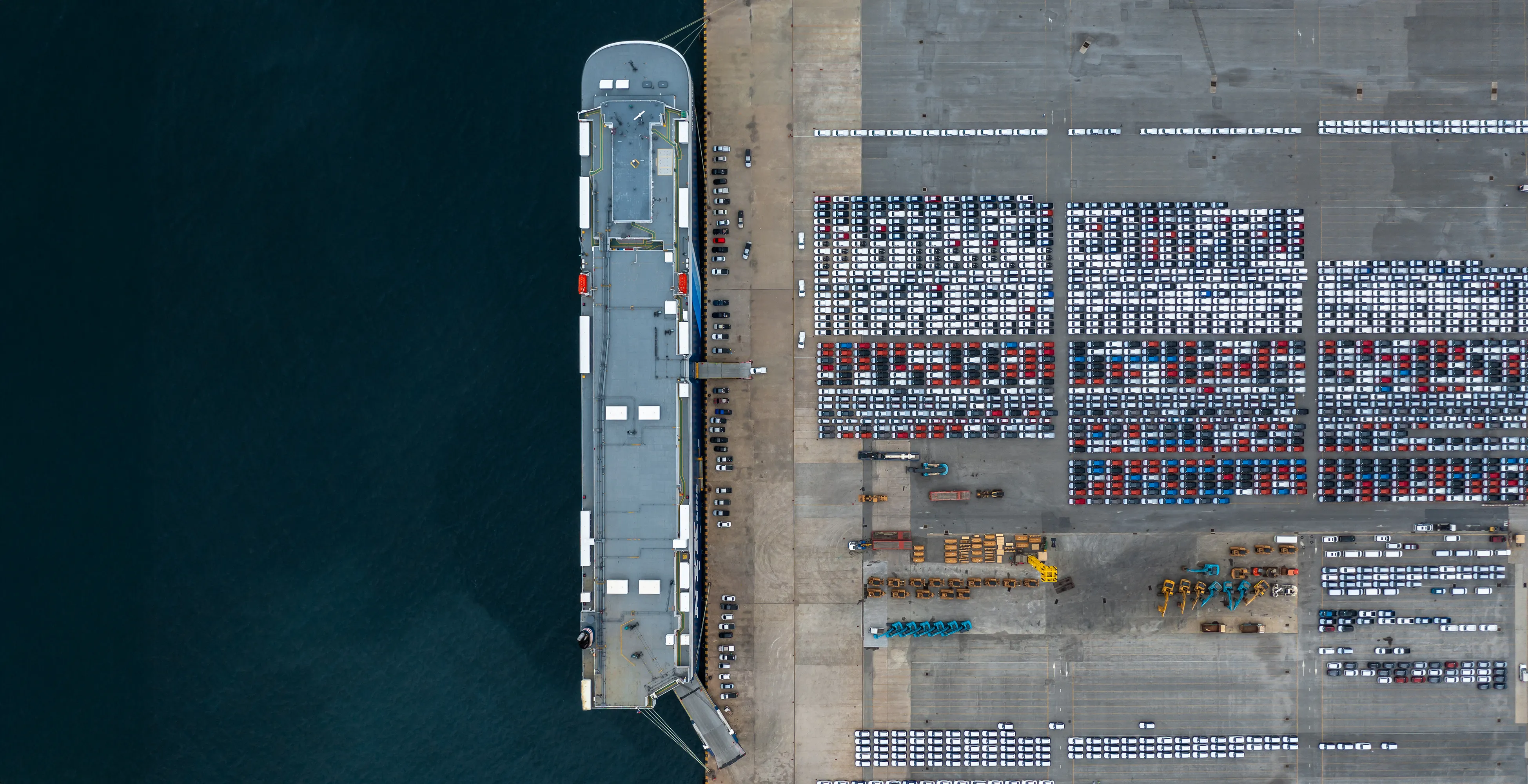Nearshoring Mexico—USA. UU: logistics keys to reduce time and costs
Advantages of Nearshoring Mexico-USA. UU.
El Nearshoring towards Mexico it has gained momentum thanks to the geographical proximity, the stability of the T-MEC and the competitive labor costs (thomsonreutersmexico.com). These benefits shorten the Lead Times and they facilitate shorter and more reliable supply chains. For example, Mexico shares a time zone with the United States and offers shorter delivery times than traditional Asian routes. In fact, Mexico—U.S. foreign trade. The U.S. grew by 5% in 2023, recording record volumes in sectors such as automotive and food, while cross-border logistics companies report growth of more than 20% (reislogistica.com).
This situation presents a great competitive opportunity: it is a matter of modernizing infrastructure and optimizing logistics processes to capitalize on nearshoring between Mexico and North America.
Strategic context and current landscape
Favorable business relations and the T-MEC have made North America an attractive economic block. Its proximity to the United States and Canada, combined with compatible working habits and legal systems, place Mexico in a leading position in global chains. Thomson Reuters highlights that factors such as “the T-MEC, the proximity of both nations, low labor costs and secure supply chains” favor nearshoring in Mexico (thomsonreutersmexico.com).
In addition, recent data illustrate the dimension of the logistical challenge: Mexican exports of goods exceeded 588 billion dollars in 2024 (5% more than in 2023), and the value of cargo moved by land between Mexico and the United States reached 839.9 billion dollars in 2024 (+5.1% year-on-year) (t21.com.mx).
Freight transport is already a critical pillar: it mobilizes more than 565 million tons (81% of land cargo in Mexico) and provides ~ 3.8% of the national GDP, with more than 1.2 million direct jobs (Q3 2024). These indicators confirm that, in order to take advantage of nearshoring, Mexico must strengthen its logistics and customs networks throughout North America, while maintaining cost efficiency And speed in delivery times.
Logistic keys to reduce lead time and costs
To capitalize on nearshoring, companies must focus on optimizing these critical points in the supply chain:
Specialized yards and logistics hubs
To have customs yards and distribution centers in strategic locations—such as industrial corridors in Bajío, Lázaro Cárdenas, Manzanillo or Monterrey—streamline border crossings and internal traffic. For example, having “own yards and warehouses in automotive corridors” makes it possible to consolidate goods close to production plants.
In the same way, having a cross-border hub (cross-dock) in Laredo, TX, facilitates secure transfers under NAFTA/USMCA with consolidated inventory, reducing Touch Times. Border institutions such as the new Colombia International Bridge (Laredo-Nuevo León) offer exceptional crossing times (9—10 minutes) compared to 30—45 minutes on the traditional World Trade Bridge. This traffic relief, together with direct alternate routes (I-35 to San Antonio or FM 1472 to Laredo) (Puentecolombia.mx), avoids congestion in Nuevo Laredo/TX and reduces costs due to delays.
Example: an automotive manufacturer can ship auto parts via a forwarder that operates border yards in Laredo, with prior inspection and consolidated cargo, instead of sending trailers row after row in Laredo, saving hours of waiting at the border. These types of strategies of “border yard” promotes a continuous flow and lower inventory costs.
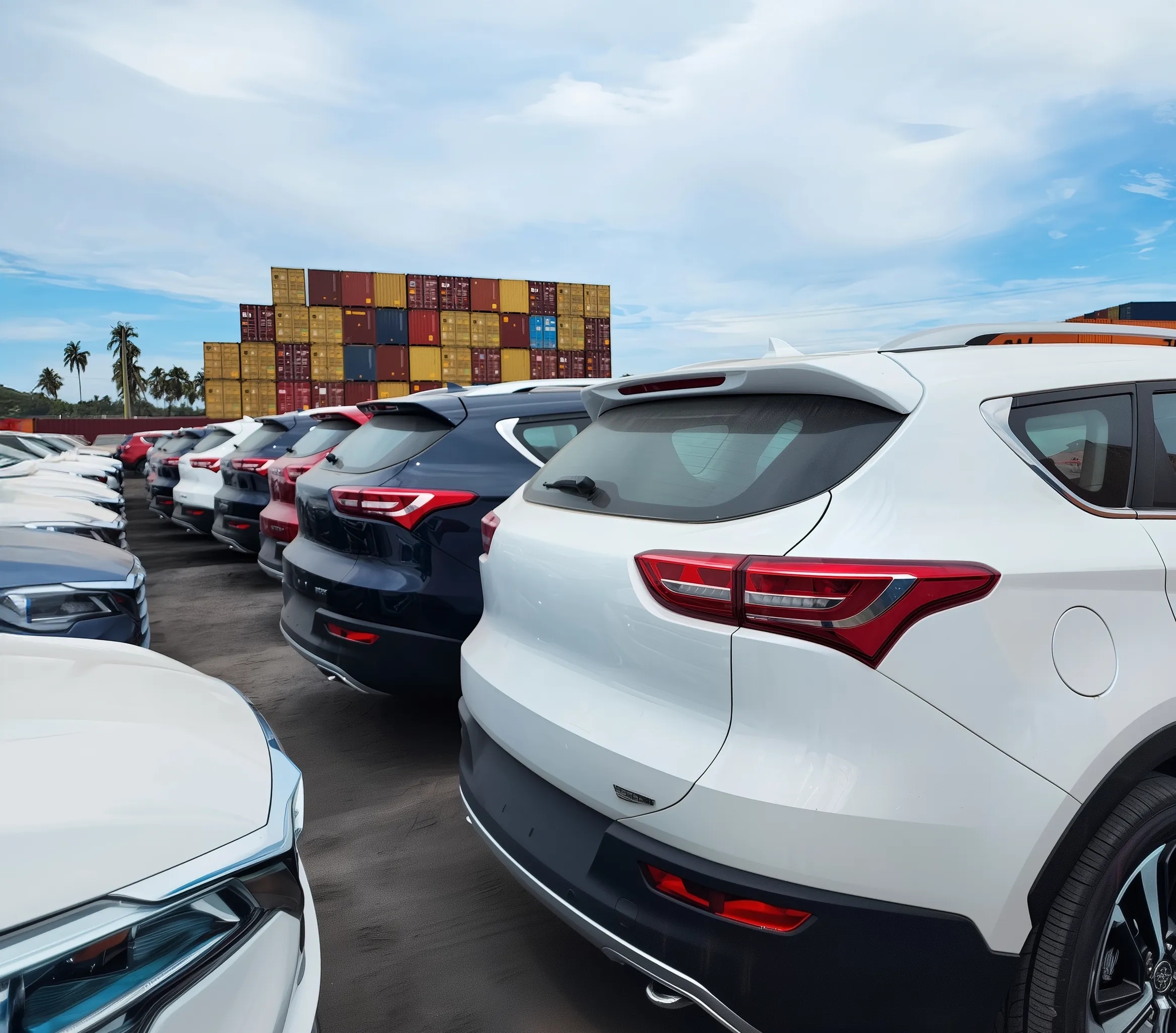
Agile customs and comprehensive compliance
Efficient customs management is essential. Trading with a own or allied customs agency Mastering IMMEX/T-MEC programs guarantees fast and error-free dispatch. According to specialists, a “own customs agency and IMMEX/TLC specialists” are key to frictionless operations. This includes taking advantage of express channels (e.g. one-stop shop), digital certificates of origin and real-time communication with authorities.
Certifications such as ISO 28000 in ports and crossings (already held by Puente Colombia) increase shipping security and allow critical cargo to be prioritized (e.g. Load project with hazardous materials). In short, eliminating bureaucratic barriers — digitizing foreign trade procedures — cuts lead times by days or weeks, reducing financial inventory costs.
4PL model and end-to-end visibility
Comprehensive 4PL coordination — or “control tower” — is another key. A 4PL operator orchestrates several carriers and modes, providing continuous visibility of each shipment. The platforms of Track & Trace with KPI dashboards integrated with the customer's ERP, they allow predictive alerts and decisions on the road. For example, specializing in automotive logistics with RoRo shipments (finished vehicles) requires “just-in-time” millimeter planning. A 4PL capable of tracking containers, trucks and wagons in real time, using IOT/Analytics, helps regroup cargoes (e.g. joining partial loads or reorganizing routes) to efficiently fill LoLo ships, railways and land fleets.
This “boutique” approach —as proposed by InterDabs— combines “the robustness of a Forwarder global” with local agility, offering total control over the chain. In practice, a 4PL with its own customs agency can manage foreign trade operations internally, reducing errors and penalties. Visibility Complete allows, for example, to detect a delay in shipping in Laredo and to reschedule haulings through Matamoros or Tecate, minimizing the impact on the end customer.
{{4pl-light}}
Multimodal infrastructure and modernization
Finally, we must investing in infrastructure: expand highways, expand railway networks and renovate ports. In the words of experts, “to increase the flow of goods... the main logistics routes must be modernized and the interconnections between the south and the north of the country improved” (t21.com.mx). This involves developing rail-port corridors (e.g. the Coahuila Hub in Piedras Negras-Paraíso) and consolidation centers in high-rise ports (Manzanillo, Lázaro Cárdenas) that serve North America.
Additionally, integrate more multimodal transportation — such as trains that directly connect tax yards to the interior of the U.S. Department of State — may cut back on ground transportation days. In terms of sustainability, ESG practices such as optimizing routes to reduce kilometers or using electric trucks in cross-dock help to reduce operating costs and emissions, in line with the demand for green supply chains.
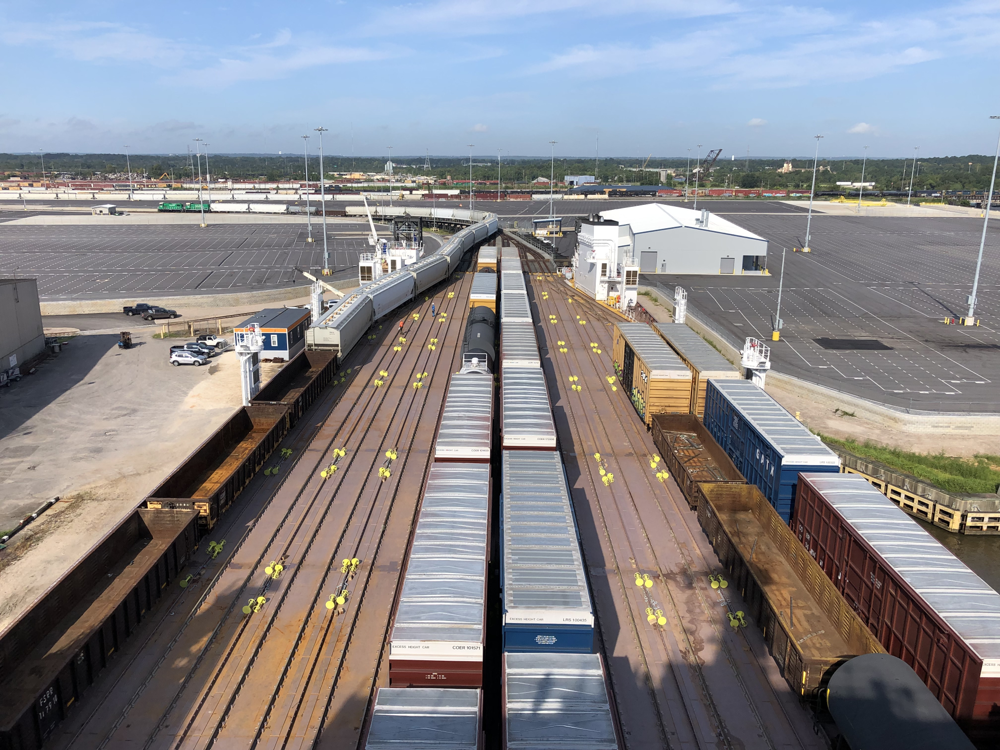
Comparison of routes and modes of transport
RoRo transport (Roll-on/Roll-off)
The RoRo (roll-on/roll-off) transport is ideal for rolling loads (vehicles, wheeled machinery, trains) because it allows quick boarding without cranes. In automotive logistics, for example, a RoRo vessel accelerates the shipment of finished cars; Interdabs highlights its specialization in finished-vehicle logistics and JIT chains.
In addition, RoRo is usually cheaper per unit shipped, and the loading/unloading process is very agile, as vehicles simply drive in/out of the warehouse. However, it is limited to merchandise with wheels or adapted structures.
.jpg)
LoLo transport (Lift-on/lift-off)
The transport LoLo (lift-on/lift-off) uses containers or pallets loaded by a crane. It is more flexible for oversized loads O Project (e.g. wind turbine parts, heavy machinery) and consolidated volumes. A container can carry a variety of products—from electronic components to textiles—with standardized protection. Although the LoLo port operation is slower (requiring cranes and specialized handling), it allows efficient movement of cargo that does not have its own platform. For example, project loads that cannot be rolled require modular containers or Break Bulk cargo on special ships.
In practice, the choice RoRo vs. LoLo is based on costs and time: if the cargo travels on wheels, RoRo is usually faster and cheaper, while LoLo provides flexibility for mixed or very heavy loads.

Border Crosses (Laredo vs. Bridge (Colombia)
Laredo (World Trade Bridge) is the busiest land crossing between Mexico and the United States. In the United States, but it experiences congestion and prolonged waiting. In contrast, the new Colombian Solidarity International Bridge (NL-TX) It offers drastically shorter crossing times (Puentecolombia.mx). For example, an export truck may cross in 9—10 minutes in Colombia, versus 30—45 minutes in Laredo.
This efficiency is due to its strategic location: it is only 22 km northeast of the Laredo Bridge and connects directly to Interstate I-35 to San Antonio, avoiding the heavy traffic of Nuevo Laredo. In practice, alternating critical shipments through Colombia (new NM) instead of Laredo makes it possible to reduce Lead Times and detention costs.
Companies that relocate their supply chain near this intersection (in NL or TX) gain logistical flexibility: for example, they can schedule direct routes to consumer centers (San Antonio, Dallas) without lengthy logistical stoppages.
{{transporte}}
Examples of practical application
- Automotive sector: An auto parts manufacturer in Nuevo León can consolidate their shipments on a 4PL forwarder with a yard in Laredo. The trucks load JIT parts to the border hub where the cargo is reordered in pre-authorized USMCA trailers. With its own customs agency, the procedures take hours instead of days. Finished vehicles leave through RoRo from the port of Veracruz, integrating into the same monitoring system.
- Electronics and Technology: A smartphone plant in Guadalajara uses intermodal routes: components imported by container arrive in Manzanillo, are unloaded at nearby distribution centers, and then shipped directly to the border by rail. Thanks to 24/7 visibility and automatic notifications, any delay in the port activates alternate land routes (for example, re-direction via Texas).
- Energy projects (project loads): A wind energy company exports wind turbine towers via LoLo. Choose to board them on trains to Lázaro Cárdenas and then on a special RORO ship that can accommodate oversized loads. This reduces intermediate handling: the cargo is stowed on the train together with conventional containers (maximizing space) and is unloaded directly onto the deck of the specialized ship, optimizing costs.
Practical Overview: A Checklist for Nearshoring Operations
- Evaluate key logistics corridors: identify tax yards and border hubs near your plant. Consider dry ports and alternative crossings (e.g. Puente Colombia) to shorten delays.
- Optimizes customs: integrate customs agents into your team or partner with an IMMEX/USMCA licensed forwarder. Digitize forms and schedule pre-inspections for consolidated cargo.
- Implement a 4PL model: look for a logistics partner that offers end-to-end visibility (tracking, IoT, alerts). A 4PL can manage multiple modes (land, rail, maritime) and regroup loads en route, saving costs.
- Modernize routes and infrastructure: plan expedited dispatches (I-35, direct trains) and use cross-dock centers. Adopt technologies (TMS, ERP platforms) that integrate suppliers and carriers.
- Adapt the mode of transport: choose RoRo for vehicles and rolling equipment; LoLo (containers/cranes) for bulky or wheeled loads. Regularly review costs and times for each option.
- Risk Control: applies ESG criteria in logistics (shorter routes, clean transport). Maintain adequate cargo insurance and plans B (alternate routes) in the event of interruptions.
In short, nearshoring between Mexico and the United States. Department of State requires a integrated 4PL logistics and agile, supported by modern infrastructure and optimized customs processes. By following these keys, manufacturing companies can reduce Lead Times and operating costs, strengthening its competitiveness in North America.
Everything your logistics needs





